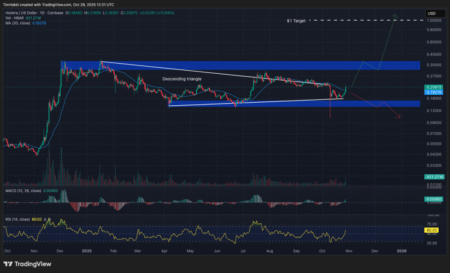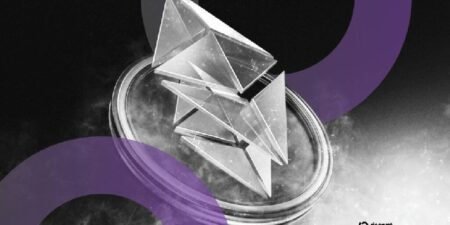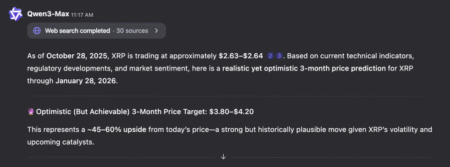The final dress rehearsal for Ethereum’s upcoming Fusaka upgrade occurred Tuesday, as the blockchain prepares for the mainnet hard-fork activation.
The test, which went live around 18:53 UTC on the Hoodi testnet, involved passing a series of code changes meant to make Ethereum more scalable and more cost-efficient.
Testnets are replicas of a blockchain’s main network, giving developers a safe environment to test major upgrades and fix any issues before they go live on mainnet.
Hoodi was the last of three testnets to run through a simulation of Fusaka, with two other successful test upgrades on the Holesky and Sepolia networks.
Coming roughly six months after Ethereum’s Pectra upgrade, Fusaka introduces changes designed to cut costs for developers, users and institutions running on the network. Its centerpiece, PeerDAS, lets validators check only segments of data instead of full “blobs,” easing bandwidth demands and lowering expenses for both validators and layer-2 networks.
With all three tests done, developers will finalize the date that Fusaka will go live on mainnet. According to the Ethereum Foundation, it will be at least 30 days after today’s test, putting it tentatively at its earliest on November 28, though core developers in a bi-weekly call last week discussed potentially having it go live on mainnet on December 3.
Ethereum developers are already moving full steam ahead on the following hard fork, known as Glamsterdam. While nothing is set in stone yet, developers plan to include proposals working on proposer-builder separation.
Read more: Ethereum’s Fusaka Rolls Out on Sepolia; Hoodi Testnet Up Next
Read the full article here











